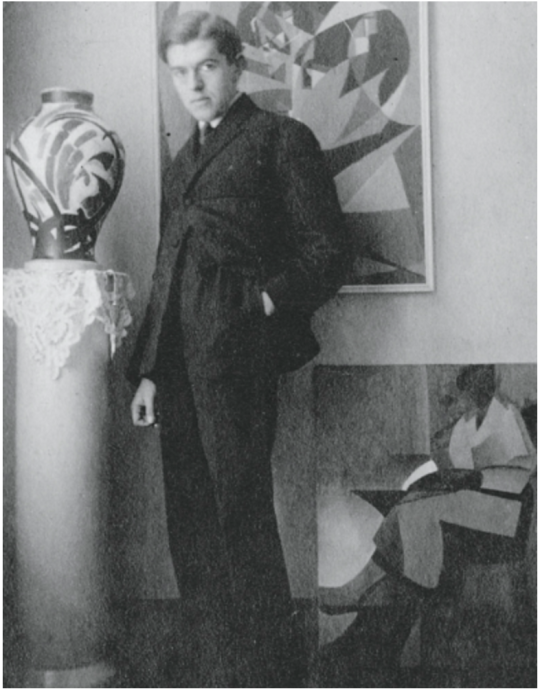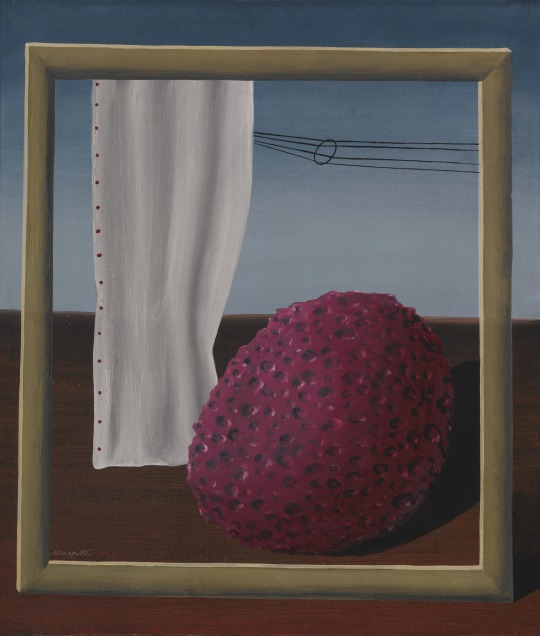
René Magritte in March, 1921. Photographer unknown, Courtesy of Menil Archives, The Menil Collection, Houston.
By René Magritte
One may be “struck” by the word Thought.
Our thoughts are “concerned” with sensations, feelings, reflexes, preferences, activities, ideas, beliefs and various preoccupations, as if the thought that “coincides” with these “things” was the only thought possible, as if the thought that “coincides” still deserved to be called thought.
“It doesn’t matter!” some will say. “It’s the pleasure of a pleasant and powerful sensation that counts!” Or: “It’s the fulfillment of my duty!” But, without a doubt, for something to “count”, thought is necessary to “appraise” pleasure or duty.
The hand that goes too near the fire and the reflex that makes us cry out in pain and draw back the hand from the flames “counts”, at the same time, to thought, which is obliged to be “concerned” about a painful sensation and a reflex action. It coincides exactly, at that moment, with these two things. The coincidence is no less exact when, at other moments, thought “takes into account” the worries and doubts it envisages. It is the same coincidence when it is a more complex question of turning one’s thoughts to even more things simultaneously. For instance: the subtle taste of a soup, your hostess’s beauty, a notion of the origin of thought or a professional problem.

Le Message À La Terre, Renè Magritte, 1926. Oil on canvas. 29.5 by 25 5/8 in.
*
To think of an image means Seeing an image.
The painting gives the sense of sight a visible image. The sense of sight registers the image in the picture in reverse, without Seeing, according to the laws of optics, like a camera. This image becomes a mental image, that is an image with a psychic value. It is thought that gives this value.
*
Images may be endowed with false values: commercial “value” for instance; or again the value of size prized by those who are obsessed with the metric dimensions of a canvas, by resolute partisans of large or small portions of space, by champions of fresco cementing, of mounting, of genuine craquelure and the composition of paint and remounting paste, by experts in anatomy, perspective or shadows cast.
The values that truly concern the image depend, according to personal preference, on one or two aesthetic theories which determine the creation of the resulting pictures.
Fear of being mystified assuredly affects the painted image that has the power to induce such a fear.
We are quite “safe” when we are choosing between the glory of the Impressionists, the dynamism of the Futurists, the Cubism of Picasso, the abstract art of Mondrian...
You have reached your article limit
Sign up for a digital subscription and continue reading all new issues, plus our entire archives, for just $1.50/month.
Already a subscriber? Sign in




